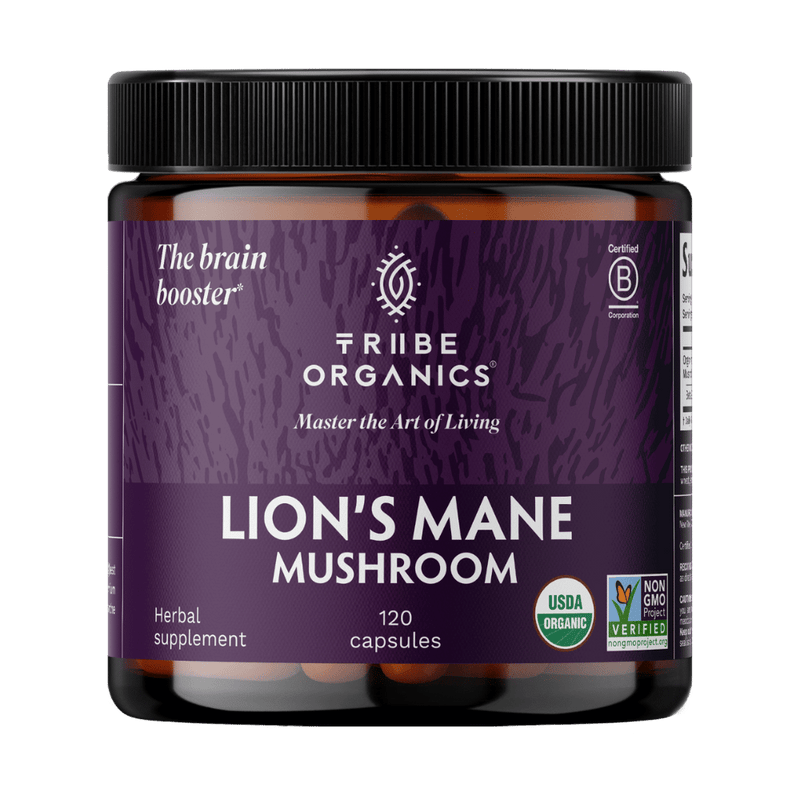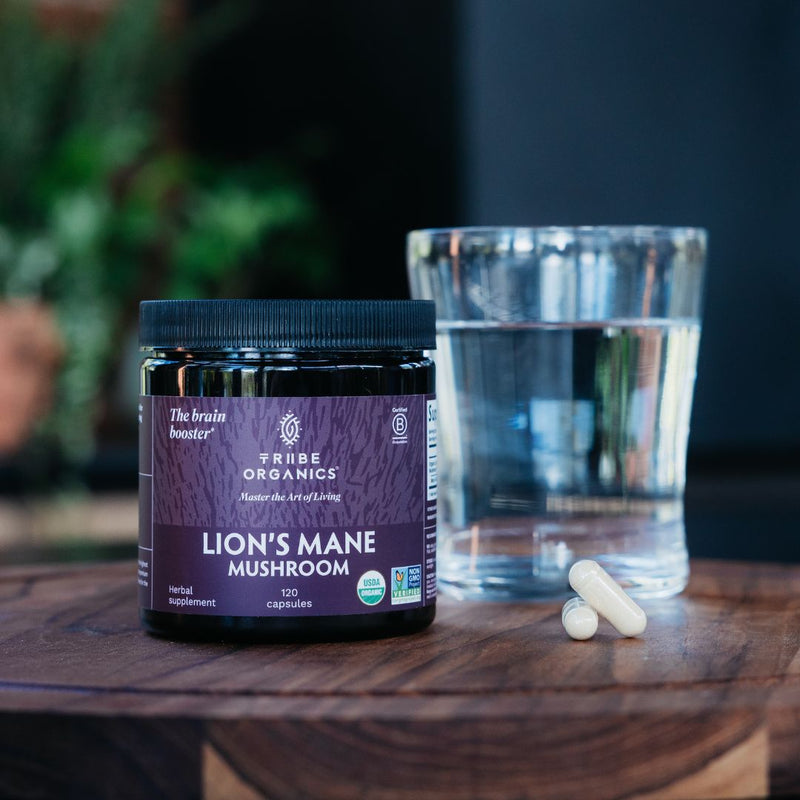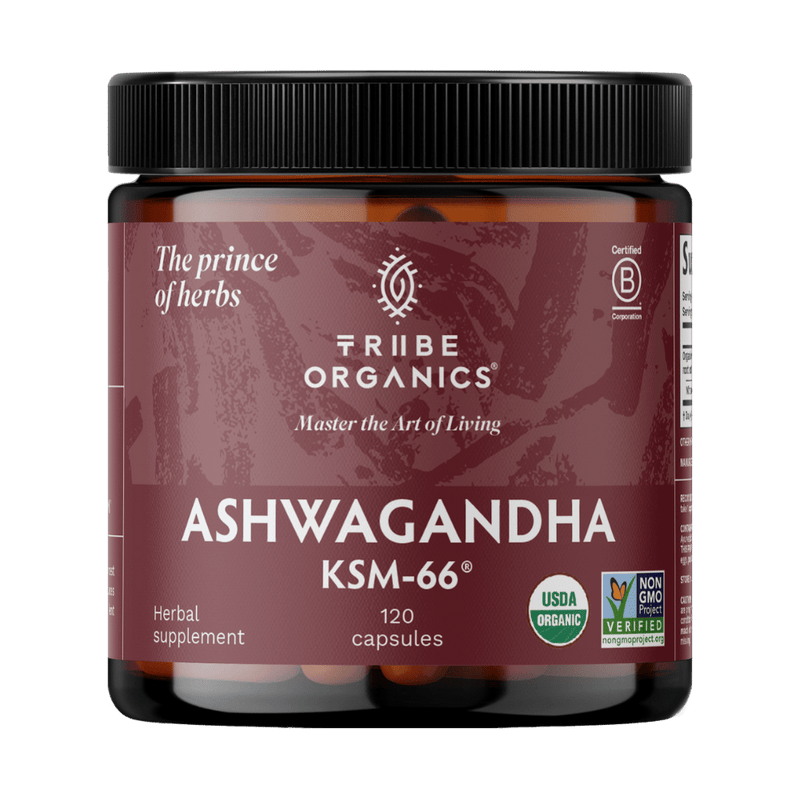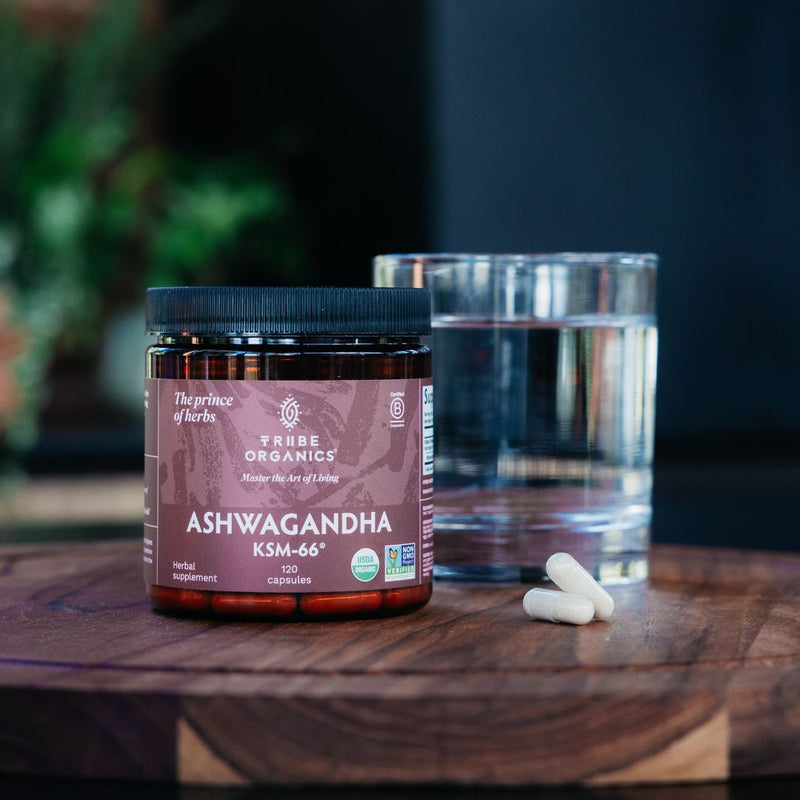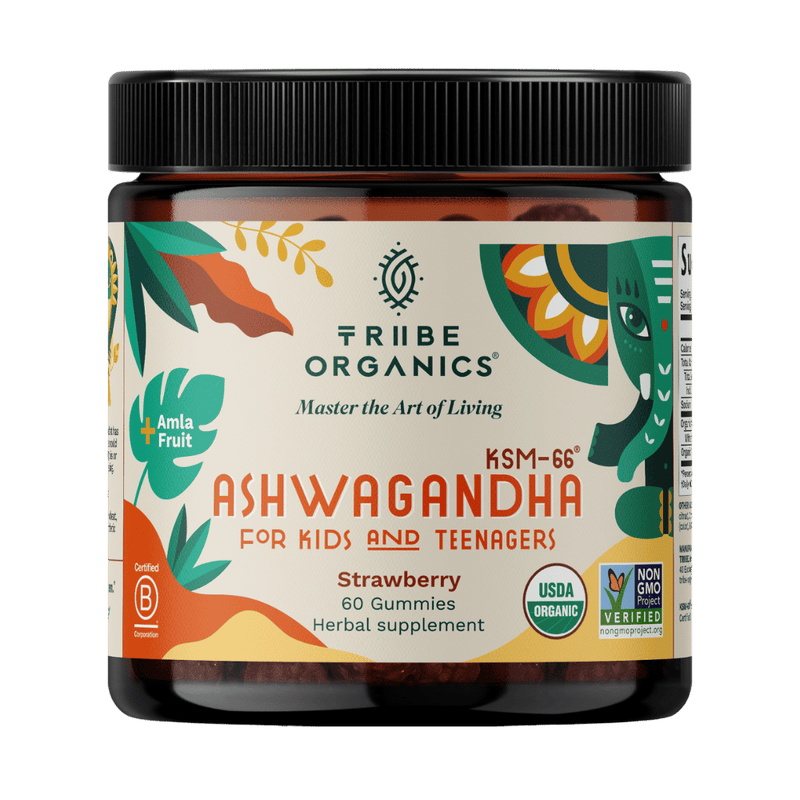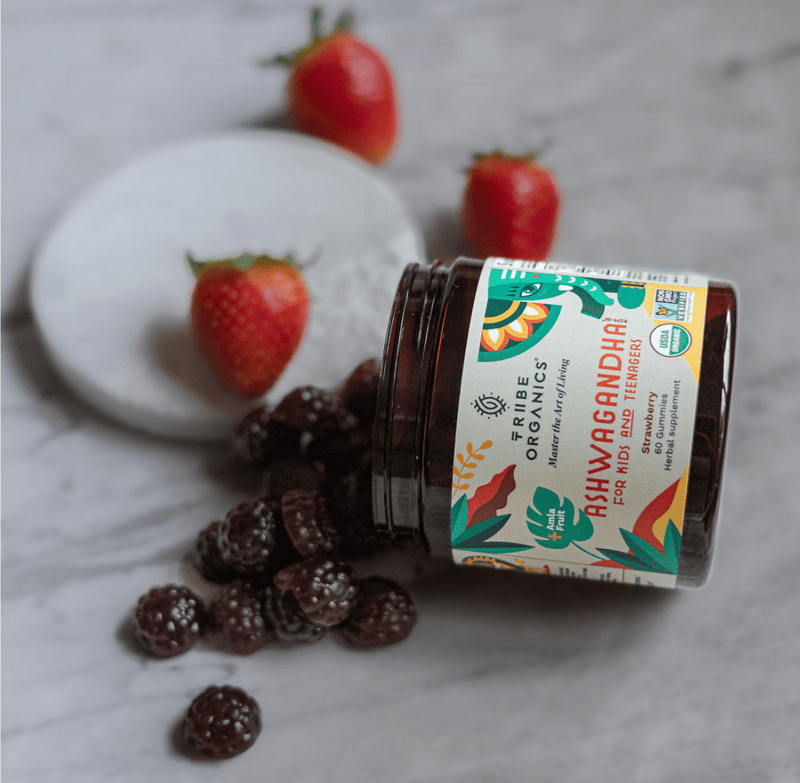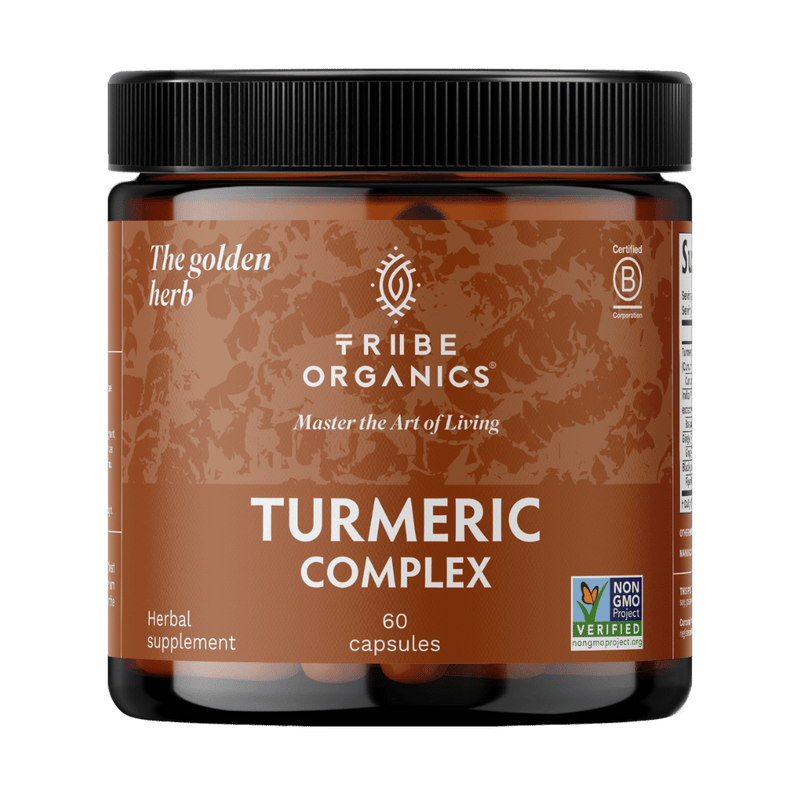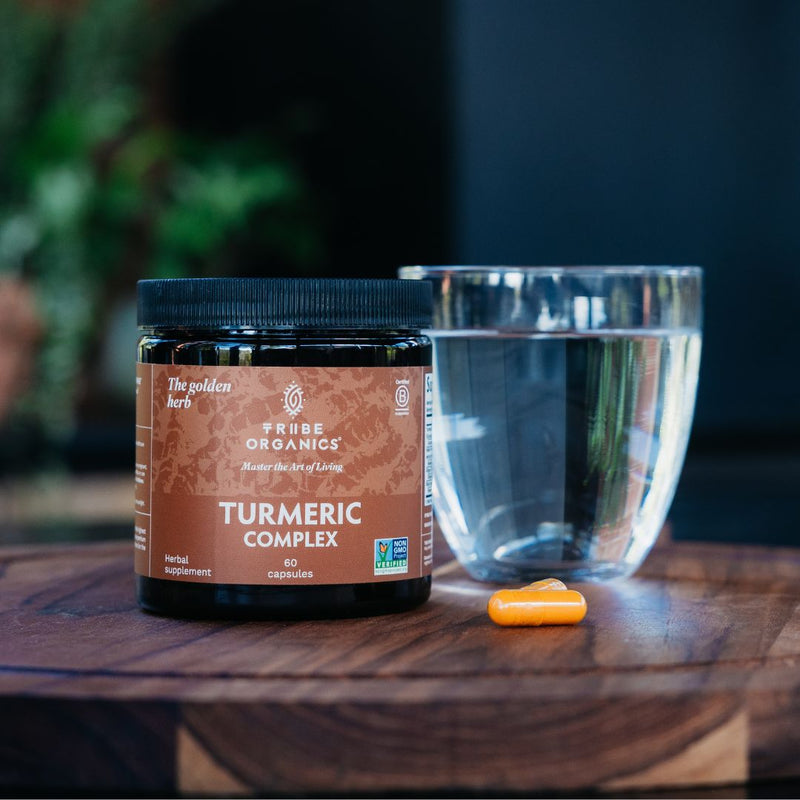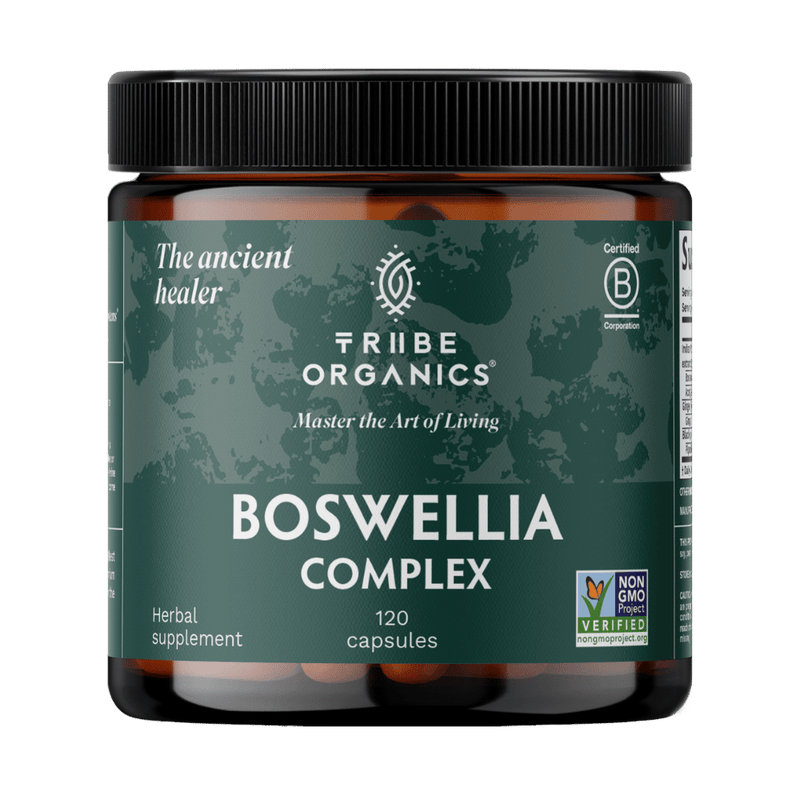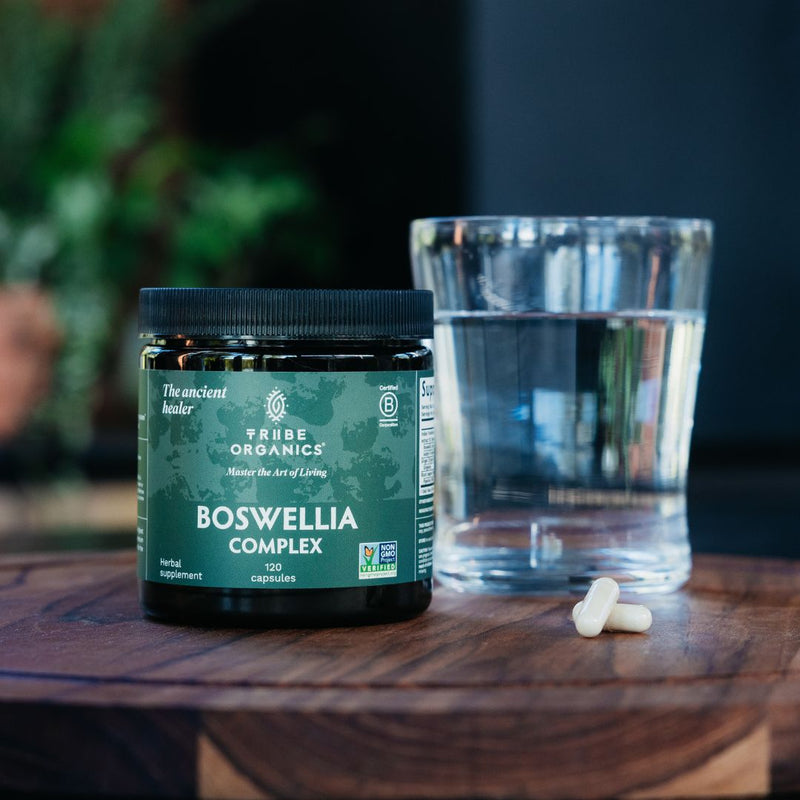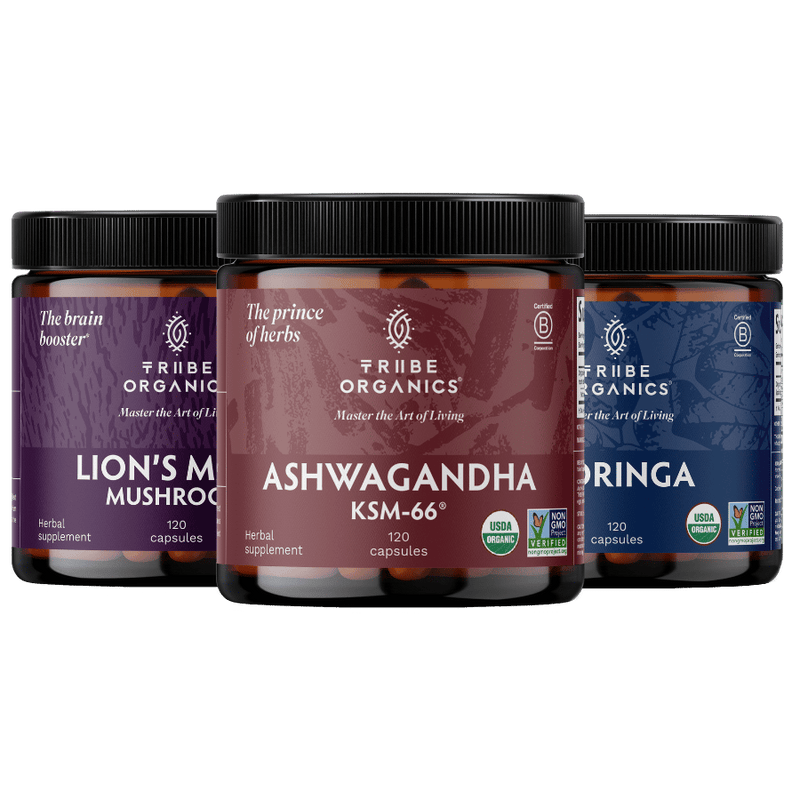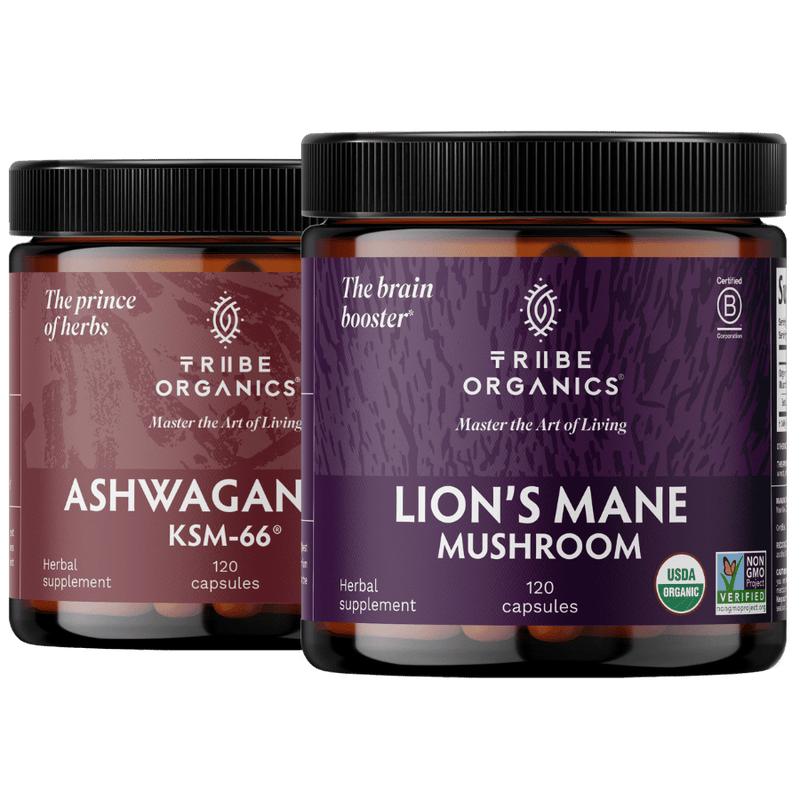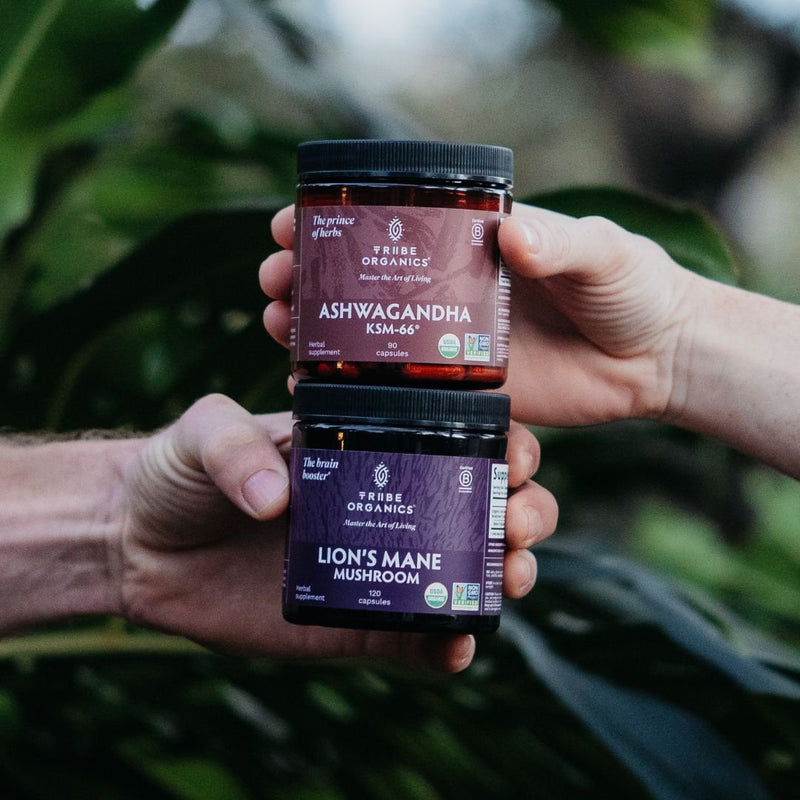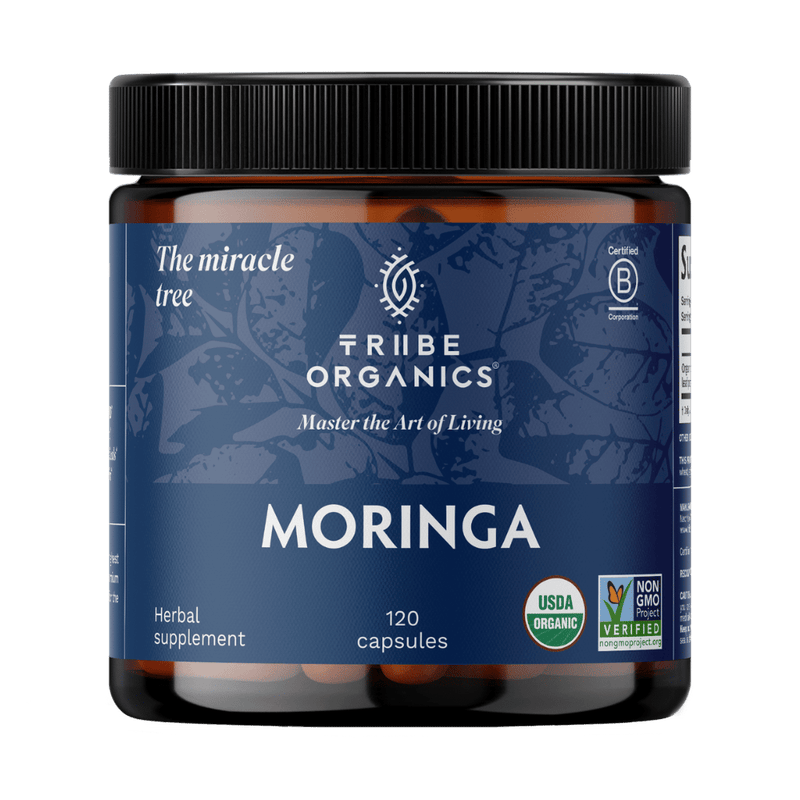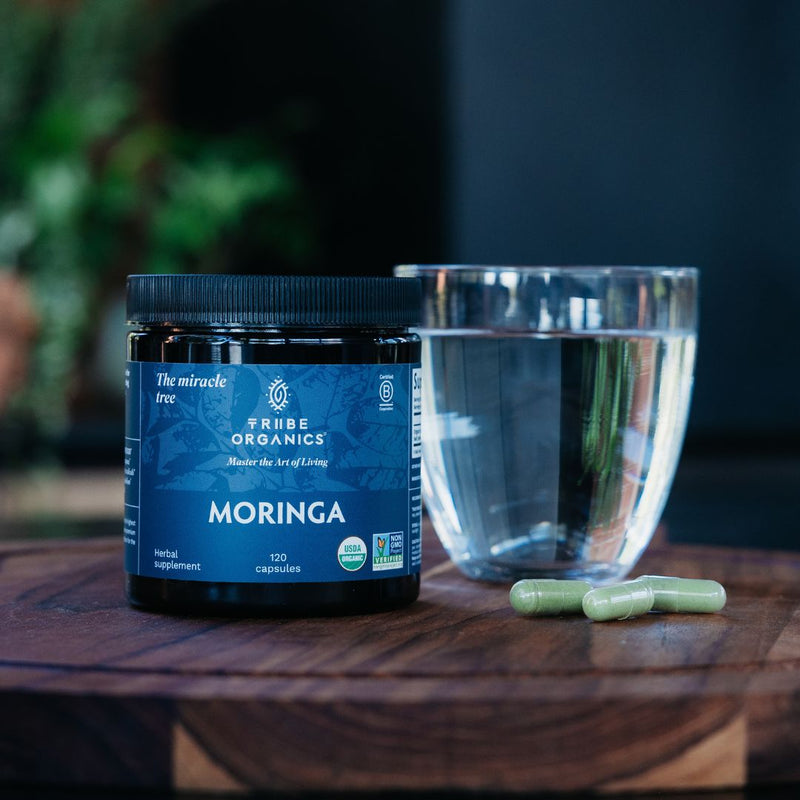For over 4,000 years, women in India and the Himalayas have been using a remarkable herb that supports strength, fertility and resilience throughout every stage of life. Shatavari, whose name in Sanskrit means “one who has a hundred husbands” has been known as the ultimate female tonic in traditional medicine. Today, modern science is validating what ancient healers knew – this adaptogenic herb has shatavari benefits for women that go beyond folklore.
As women are looking for natural solutions to support their health journey, shatavari is the bridge between ancient wisdom and modern wellness. From hormonal balance to reproductive health, stress management to immune support, this “Queen of Herbs” is a comprehensive approach to women’s health that complements not competes with modern medicine.
In this complete guide, we’ll explore the science backed benefits of shatavari, usage guidelines and how to safely incorporate this powerful ayurvedic herb into your wellness routine for optimal results.
What is Shatavari and Why is it Called the “Queen of Herbs”?
Shatavari (Asparagus racemosus) is a perennial climbing plant from the asparagus family, native to India and the Himalayas. This adaptogenic herb has been a cornerstone of ayurvedic medicine for thousands of years, earning its reputation through consistent results in supporting female reproductive health and overall vitality.
The herb’s name in Sanskrit reveals its extraordinary reputation – “Shatavari” means “one who has a hundred husbands”, implying its ability to increase a woman’s strength, fertility and capacity to thrive. In Ayurvedic tradition, shatavari is classified as the premier “rasayana” (rejuvenative) for women, often called the “Queen of Herbs” to complement ashwagandha’s role as the “King of Herbs” for men.
What makes shatavari so effective is its rich concentration of bioactive compounds. The shatavari root contains powerful steroidal saponins (shatavarins I-IV), with shatavarin IV being the most important. Other key compounds are racemosol, a specialized antioxidant, asparagamine A, a unique alkaloid and racemofuran which has anti-inflammatory properties.Most importantly for women’s health, shatavari is rich in phytoestrogens – plant derived compounds that can interact with human estrogen receptors. This unique biochemical profile allows the herb to support internal balance across multiple physiological systems making it a general health tonic specifically designed for female physiology.
The title “Queen of Herbs” isn’t just poetic – it reflects shatavari’s ability to address the complex, interconnected aspects of women’s health throughout different life stages, from adolescence to menopause and beyond.
Top 8 Shatavari Benefits for Women’s Health
Hormonal Balance and Regulation
One of the biggest shatavari benefits for women is its ability to support hormonal harmony through multiple mechanisms. The herb’s phytoestrogenic compounds can bind to both alpha and beta estrogen receptors, helping to regulate estrogen levels naturally. This is particularly useful for women with low natural estrogen due to menopause, medical interventions or other hormonal imbalances.
Scientific research has shown that shatavari supplementation can positively impact the hypothalamic-pituitary-adrenal (HPA) axis which governs stress response and hormonal communication in the body. Clinical trials conducted between 2023-2024 showed statistically significant improvements in hormonal biomarkers, including reduction in follicle-stimulating hormone (FSH) and increase in estradiol levels after 60 days of consistent use.
The herb’s hormone balancing properties go beyond estrogen regulation. Emerging research suggests shatavari may support thyroid function and help the endocrine system maintain optimal hormone production levels. For women experiencing hormonal imbalances manifesting as irregular cycles, mood swings or energy crashes, shatavari is a natural way to restore balance.
What sets shatavari apart from synthetic hormone therapies is its adaptogenic nature – it helps the body respond to individual needs rather than forcing a specific outcome. This intelligent modulation makes it suitable for women across different life stages and hormonal conditions.
Menopause and Perimenopause Relief
Menopause is one of the most challenging periods in a woman’s life, with declining estrogen levels triggering a host of uncomfortable symptoms. Shatavari’s phytoestrogenic activity provides relief during this transition, a natural alternative or complement to conventional hormone replacement therapy.Multiple clinical studies have shown impressive results for menopausal symptom management. Research shows 40-60% reduction in menopausal symptoms after 12 weeks of shatavari use, some studies have reported even higher success rates. One notable 2024 double-blind, randomized controlled study found 62.1% of women experienced “marked improvement” or “complete resolution” of hot flashes after three months compared to 25-30% in placebo groups.
The herb addresses multiple menopausal concerns at once. Hot flashes and night sweats – those pesky vasomotor symptoms – show significant improvement as shatavari helps regulate body temperature. Vaginal dryness, a common menopausal discomfort, responds well to the herb’s ability to support natural lubrication through estrogenic activity.
Sleep quality, mood stability and energy levels also improve with consistent shatavari use. Women feel more emotionally balanced and physically comfortable as their bodies adapt to hormonal changes with the herb’s support. This holistic approach to menopausal symptoms makes shatavari a great option for women looking for natural solutions during this life transition.
Reproductive Health and Fertility Support
Traditional ayurvedic medicine has long revered shatavari as a fertility enhancer and modern research is starting to validate these ancient applications. The herb’s adaptogenic and phytoestrogenic properties work together to support reproductive function through multiple pathways.
Shatavari supports reproductive system function by improving egg quality and promoting regular ovulation. Research suggests the herb may increase ovarian folliculogenesis – the process by which eggs mature – while also support optimal endometrial thickness for implantation. This makes shatavari particularly useful for women trying to conceive or addressing fertility issues.
For women with female reproductive health disorders like polycystic ovarian syndrome (PCOS) or endometriosis, shatavari offers targeted support. The herb’s anti-inflammatory compounds, especially racemofuran, reduce endometrial inflammation while its hormone regulating effects may improve ovulatory patterns disrupted by these conditions.The shatavari root is also a uterine tonic, strengthening reproductive organs and overall reproductive health. Women using shatavari often report more regular periods, less cramping and more comfort. While robust randomized controlled trials specifically for fertility outcomes are limited, the combination of traditional use, animal studies and emerging clinical data looks promising for reproductive support.
PMS and Menstrual Health
Monthly periods can be a real disruption to many women’s lives, but shatavari benefits for women extend to relief from premenstrual syndrome (PMS) symptoms. The herb’s multiple approaches addresses both physical and emotional aspects of menstrual health.
Shatavari’s mild diuretic properties help with bloating and water retention that many women experience before their periods. The herb also contains compounds that may reduce breast tenderness (mastalgia) and other physical discomforts associated with hormonal fluctuations. Women often notice significant improvement in these symptoms within 2-3 cycles of use.
Menstrual cramps respond well to shatavari’s spasmolytic effects on uterine muscle tissue. The herb’s saponins seem to relax smooth muscle contractions providing natural pain relief without the side effects of conventional pain medications. This makes shatavari a great option for women looking for alternatives to NSAIDs for menstrual discomfort.
Mood swings and irritability – common emotional PMS symptoms – also improve with regular shatavari use. The herb’s adaptogenic properties help stabilize neurotransmitters like serotonin and GABA, balancing emotions during hormonal fluctuations. Shatavari also contains folate which supports menstrual health though specific bioavailability data for this nutrient in processed supplements needs further research.
Stress Management and Adaptogenic Properties
Modern life is stressful for women like never before, making shatavari’s adaptogenic properties particularly relevant for today. As a true adaptogen, shatavari helps the body respond better to various stressors and support overall resilience and vitality.The herb’s stress modulation works primarily through cortisol and other stress hormones. Clinical studies have shown 25-30% reduction in validated stress markers after 8 weeks of shatavari use, with participants reporting improvement in fatigue, mental clarity and overall stress response. This makes shatavari a great option for women dealing with chronic stress from work, family or environmental stressors.
Shatavari’s adaptogenic benefits go beyond stress reduction. The herb seems to help the body maintain homeostasis during challenging times, support energy and cognitive function when they would otherwise suffer under stress. Women often feel more emotionally stable and physically resilient after incorporating shatavari into their daily routine.
Shatavari’s stress management benefits are particularly valuable for women whose hormonal health is impacted by chronic stress. Since stress can disrupt reproductive hormones and worsen conditions like irregular periods or fertility issues, shatavari’s dual action as a stress adaptogen and hormonal supporter makes it uniquely valuable for overall women’s wellness.
Libido and Sexual Health
One of the most well known traditional uses of shatavari is as a natural aphrodisiac, sometimes referred to as “female Viagra” in ayurvedic circles. This designation comes from the herb’s ability to support sexual desire and function through hormonal optimization and reproductive health.
Shatavari’s phytoestrogenic activity plays a crucial role in maintaining sexual function by supporting optimal hormone levels that influence libido. When estrogen levels are balanced many women experience increased sexual desire and overall sexual satisfaction. The herb’s ability to enhance vaginal lubrication also contributes to more comfortable and enjoyable intimate experiences.
Improved blood flow to reproductive organs is another way shatavari may support sexual health. The herb’s compounds seem to promote healthy circulation which can increase sensitivity and arousal. By reducing stress and supporting overall vitality shatavari creates an environment for healthy sexual desire to flourish.
While clinical research specifically for sexual outcomes is mostly anecdotal, the physiological mechanisms behind shatavari’s effects on hormonal balance, stress reduction and reproductive health provide a solid foundation for its traditional reputation. Women using shatavari often report improvement in libido as part of broader improvements in energy, mood and overall well-being.
Antioxidant Protection and Anti-Aging
Shatavari’s antioxidant properties are a big part of its reputation for overall health and anti-aging. The herb contains powerful free radical scavengers like racemofuran, asparagamine A and various flavonoids that protect cells from oxidative stress throughout the body.
Research shows that shatavari supplementation increases the activity of endogenous antioxidant enzymes like superoxide dismutase and glutathione peroxidase. These enzymes are the body’s first line of defense against free radical damage and their enhancement provides overall cellular protection. Studies also show measurable reduction in biomarkers of oxidative DNA damage with regular shatavari use.
Shatavari’s anti-aging benefits extend to visible improvements in skin health and appearance. The herb’s antioxidants help protect collagen integrity, potentially reducing fine lines and supporting healthy skin elasticity. Many women report improvement in skin texture and overall glow after several months of consistent use.
Beyond cosmetic benefits shatavari’s antioxidant activity supports healthy aging at the cellular level. Emerging research suggests that regular use may help maintain muscle strength and function, especially during and after menopause when hormonal changes accelerate age related decline. This comprehensive approach to anti-aging makes shatavari valuable for women who want to build vibrant health throughout all life stages.
Immune System Support
A robust immune system becomes more important as women navigate various life stresses and hormonal changes that can impact immune function. Shatavari offers immune support through multiple mechanisms that strengthen the body’s natural defense systems.
Experimental research shows that shatavari enhances both humoral and cellular immunity. The herb’s saponins and alkaloids have been shown to increase T-cell activity, enhance antibody production and upregulate natural killer cell function. These improvements in immune response help the body defend against infections and overall health.
Shatavari’s immune support extends to respiratory health where the herb has been traditionally used to manage minor respiratory infections and support recovery from conditions like whooping cough. The anti-inflammatory effects on mucous membranes may contribute to this respiratory support though more research is needed to fully understand these mechanisms.
The herb also acts as a mild digestive tonic, supporting gut health and mucosal immunity. Since approximately 70% of immune function originates in the digestive system shatavari’s gentle support for digestive health contributes to overall immune resilience. Women often notice fewer minor illnesses and faster recovery times when using shatavari consistently as part of a comprehensive wellness program.## How to Use Shatavari: Dosage, Forms, and Best Practices
Available Forms and Preparations
Shatavari is available in several convenient forms each with its own advantages for daily use. Understanding these options helps women choose the best preparation for their lifestyle and preferences.
Shatavari Powder (Churna): The traditional form is finely ground shatavari root, typically taken as ½ to 1 teaspoon (2-5 grams) twice daily. This powder can be mixed with warm milk, water, honey or incorporated into smoothies and recipes. Many women like the versatility of powder forms but the taste can be earthy and may require adjustment.
Capsules and Tablets: Modern standardized extracts in capsule form offer convenience and consistent dosing. Clinical trials use 500-1000mg daily divided into two doses with meals. Capsules eliminate taste concerns and provide precise dosing making them ideal for busy lifestyles or travel.
Liquid Extracts and Tinctures: Concentrated liquid forms are usually dosed as 20-30 drops in water twice daily. Tinctures offer rapid absorption and easy dose adjustment though they may contain alcohol as a preserving agent.
Combination Formulas: Many manufacturers blend shatavari with other herbs like ashwagandha, tulsi (holy basil) or other adaptogenic herbs. These formulations can provide synergistic benefits though individual herb concentrations may be lower than single-ingredient products.
When choosing any shatavari product prioritize organic, sustainably sourced options that have been third-party tested for purity and potency. This ensures you get the full benefits of shatavari without potential contaminants that can occur with lower quality dietary supplements.
Integration into Daily Routine
Successful shatavari use depends on consistent use and proper timing to maximize absorption and effectiveness. Most practitioners recommend taking shatavari with slight modifications based on individual goals and life circumstances.
Optimal Timing: Shatavari generally works best when taken consistently at the same time every day. Many women find success taking one dose in the morning with breakfast and another in the evening with dinner. For stress management benefits some prefer taking a larger dose in the evening to support relaxation and sleep quality.Absorption Enhancement: Shatavari root extract absorbs better when taken with healthy fats like those found in nuts, avocados or a small amount of coconut oil. Traditional preparations often combine the powder with warm milk which provides both fats and proteins that may enhance bioavailability.
Culinary Integration: Shatavari powder blends well into various foods and beverages. Popular options include:
- Golden milk lattes with turmeric and ginger
- Smoothies with fruits and vegetables
- Soups and stews where the earthy flavor complements savory dishes
- Herbal teas and warm beverages
Cycling Considerations: While some Ayurvedic traditions suggest occasional breaks from herb use, most modern research supports daily use for optimal benefits. Women may choose to adjust dosing based on menstrual cycles, life stress levels or seasonal changes though clinical evidence for cycling protocols is limited.
Life Stage Adaptations: Dosing and combination strategies may vary based on life circumstances. Younger women focusing on PMS symptoms may use lower doses, while those managing menopausal symptoms may benefit from higher concentrations or combination formulas with other supportive herbs.
Safety Profile and Side Effects
General Safety and Contraindications
Shatavari has an excellent safety profile supported by both traditional use and modern clinical research. Most studies from 8-24 weeks report very low rates of adverse effects making it safe for long term use by most women when taken at recommended doses.
The most common side effects are mild and usually relate to digestive adjustment in the first few weeks of use. These may include slight stomach upset, loose stools or mild nausea especially when starting with higher doses. These effects usually resolve as the body adjusts to the herb and can often be minimized by taking shatavari with food or reducing the initial dose.
Allergic reactions though rare can occur in individuals sensitive to plants in the asparagus family. Women with known allergies to asparagus should exercise caution and consider patch testing or consulting with a healthcare professional before starting supplementation. Signs of allergic reaction include skin rash, itching or respiratory symptoms.Shatavari’s mild diuretic and blood sugar lowering effects need to be considered in certain situations. Women with kidney or heart disease should consult with healthcare provider before use as increased fluid elimination may strain compromised organ systems. Those with low blood sugar or taking anti-diabetic medications should monitor blood sugar levels as shatavari may increase insulin sensitivity.
The herb’s phytoestrogenic properties require caution in women with hormone sensitive conditions. While not contraindicated, women with estrogen receptor positive breast cancer or other hormone sensitive cancers should consult with healthcare provider before using shatavari.
Special Populations and Precautions
Certain life stages and health conditions require additional consideration when using shatavari though the herb is generally gentle and suitable for most women with proper guidance.
Pregnancy and Breastfeeding: Traditional ayurvedic medicine considers shatavari good for lactation support and hence is known as a galactagogue. However human data during pregnancy is limited. While no concerns have been identified, pregnant and breastfeeding women should consult with healthcare provider before starting supplementation to ensure individual suitability.
Medication Interactions: Shatavari’s effects on hormone metabolism and blood sugar regulation may cause interactions with certain medications. Women on hormonal contraceptives, hormone replacement therapy or fertility treatments should discuss shatavari use with their healthcare provider. The herb may enhance or modify the effects of these treatments though specific interaction studies are lacking.
Blood pressure medications and diabetes treatments require special attention as shatavari’s mild hypotensive and hypoglycemic effects may amplify these medications’ actions. Monitoring and possible dose adjustments may be necessary under medical supervision.
Age-Specific Considerations: While shatavari is generally suitable across age groups, different life stages may require modified approaches. Teenagers and young adults need lower doses, while postmenopausal women may benefit from higher concentrations or longer term use. Insufficient data exists for children so adult use is the current standard recommendation.
Pre-existing Health Conditions: Women with severe cardiovascular disease, advanced kidney disease or complex endocrine disorders should use shatavari with caution and under medical supervision. While the herb is generally well tolerated, these conditions may require monitoring to ensure compatibility with existing treatments and health status.
Research and Clinical Evidence
Research on shatavari benefits for women has grown significantly in recent years with studies from 2020-2024 providing evidence for many traditional uses and new applications and mechanisms of action.
A 2024 double-blind, randomized controlled study evaluated shatavari root extract for menopausal symptoms. The study followed 160 women for 12 weeks and found significant improvements (p<0.01) in hot flash frequency, sleep quality and anxiety levels compared to placebo groups. Most impressive was the 50-70% improvement rate in overall menopausal symptom scores which is clinically relevant beyond statistical significance.
Earlier studies from 2021-2023 looked at shatavari’s effects on muscle function and bone health in postmenopausal women. These studies found that 8 weeks of shatavari supplementation during resistance training increased muscle strength and contractility by upregulating myosin related protein pathways. The research also showed improved bone turnover markers suggesting potential benefits for bone health during aging.
Hormonal research has provided important insights into shatavari’s mechanism of action. Studies have shown the herb to modulate estrogen receptor activity particularly estrogen receptor α which is important for reproductive and cardiovascular health. This explains shatavari’s benefits across multiple systems and validates its traditional reputation as a female tonic.
Much research has focused on identifying and quantifying shatavari’s bioactive compounds. Modern analytical techniques have confirmed the presence and activity of key saponins with shatavarin IV being the primary active constituent. Research on racemofuran and asparagamine A has shown their potent antioxidant activity which supports the herb’s anti-aging and cellular protection benefits.
Research is ongoing to explore shatavari’s potential in fertility support, immune modulation and stress management. While some applications are still based on traditional knowledge and preliminary studies the trend of research suggests continued validation and expansion of evidence based applications for women’s health.
Sourcing and Environmental Considerations
The increasing popularity of shatavari has created sustainability challenges that conscious consumers should be aware of and address through informed purchasing decisions. Wild harvesting in India has led to population decline and conservation authorities have rated the species as “vulnerable” in several native regions.Unsustainable collection is threatening the ecological integrity of shatavari’s natural habitats and the cultural heritage of communities that have been cultivating this plant for thousands of years. Traditional knowledge about cultivation, harvesting and preparation methods is biocultural heritage that is disappearing along with wild plant populations.
Fortunately, leading suppliers are responding to these challenges through regenerative organic farming initiatives and certification programs. These approaches cultivate shatavari using methods that restore soil health, support biodiversity and provide fair economic opportunities for traditional farming communities. Regenerative practices often yield higher quality plants and long term environmental sustainability.
Consumers can support sustainable shatavari production by prioritizing products with verifiable traceability and ethical sourcing certifications. Look for organic certification, fair-trade designations and company transparency about their supply chain practices. Many responsible suppliers have direct relationships with farming communities and invest in education and infrastructure development.
Certification programs such as USDA Organic, Fair Trade and various sustainable agriculture standards provide a framework for evaluating product sustainability. These certifications require adherence to environmental protection standards, fair labor practices and community development initiatives that benefit both consumers and traditional farming communities.
By choosing sustainably sourced shatavari products consumers are supporting conservation efforts and ensuring access to high quality, authentic preparations that maintain the herb’s traditional integrity and therapeutic effectiveness.
Maximizing Benefits: Lifestyle Integration Tips
To get the most out of shatavari for women it’s not just about taking supplements – it’s about creating a supportive lifestyle environment that amplifies the herb’s benefits through synergistic practices and choices.
Nutritional Synergy: A balanced diet with whole foods enhances shatavari’s effectiveness through multiple pathways. Foods high in healthy fats – avocados, nuts, seeds, olive oil – improve absorption of fat soluble compounds in shatavari. Phytonutrient rich foods – berries, leafy greens, colourful vegetables – provide complementary antioxidants that work alongside shatavari’s own protective compounds.
Micronutrient status significantly impacts how well the body can use shatavari’s benefits. Adequate vitamin D, omega-3 fatty acids and B-vitamins (folates) support the hormonal and neurological pathways that shatavari influences. Women with nutrient deficiencies may find shatavari less effective until underlying nutritional needs are met.Stress Management Practices: As an adaptogen shatavari combines well with other stress reduction techniques. Mindfulness meditation, yoga, tai chi and other contemplative practices enhance the herb’s stress modulating benefits and overall hormonal harmony.
Regular stress management is particularly important for women with conditions like PCOS, irregular cycles or fertility challenges where stress can impact treatment outcomes. Women who combine shatavari supplementation with consistent stress reduction practices often see more dramatic results than those using the herb alone.
Movement and Exercise: Physical activity enhances shatavari’s benefits especially for postmenopausal women. Resistance training seems to have particularly strong synergistic effects with shatavari supplementation, enhancing the herb’s benefits on muscle strength, bone health and metabolic function.
Regular movement also supports healthy circulation which may enhance delivery of shatavari’s beneficial compounds throughout the body. Women don’t need intense exercise programs – consistent moderate activity like walking, swimming or yoga provides substantial benefits when combined with shatavari use.
Sleep Optimization: Sleep is the foundation of hormonal health and stress resilience so it’s crucial for maximizing shatavari’s benefits. The herb can support better sleep quality but optimal results require attention to sleep hygiene practices like consistent bedtimes, reduced blue light exposure and creating restful sleep environments.
Many women find taking shatavari in the evening supports better sleep especially when combined with other relaxing practices like herbal teas, gentle stretching or meditation. This timing can be especially helpful for managing stress related sleep disruptions or menopausal symptoms that interfere with sleep.
Holistic Integration: Creating a comprehensive women’s wellness routine with shatavari as the foundation involves addressing multiple aspects of health simultaneously. This might include incorporating other complementary adaptogenic herbs, regular health checkups and attention to emotional and spiritual well-being alongside physical health.
Women who approach shatavari use as part of a broader commitment to vibrant health and healthy lifestyle choices tend to see more comprehensive and lasting benefits than those who rely solely on supplementation without addressing other health factors.
Conclusion
Shatavari is a remarkable bridge between ancient wisdom and modern women’s wellness, offering scientifically validated benefits that address the complex challenges women face throughout their lives. From hormonal balance and reproductive health to stress management and healthy aging, this “Queen of Herbs” provides comprehensive support that honors both traditional knowledge and contemporary research.The growing body of research on shatavari for women shows significant potential for managing menopausal symptoms, supporting fertility and overall vitality. With 40-60% improvement rates in various women’s health conditions shatavari is a natural solution that can complement conventional medical care and provide holistic support for female health.
Success with shatavari requires thoughtful integration – choosing high quality, sustainably sourced products, following dosing guidelines and combining supplementation with supportive lifestyle practices. When done with patience and consistency incorporating shatavari into your wellness routine can help you build vibrant health and navigate life’s transitions with more ease and resilience.
As research continues to unfold new applications and mechanisms shatavari’s role in women’s health will likely expand even further. For women looking for natural solutions to hormonal balance, reproductive wellness and healthy aging this ancient herb is a time tested foundation for modern wellness that honors both tradition and science.
Before starting any new supplement regimen especially if you have existing health conditions or take medications consult with a healthcare professional to ensure shatavari is right for you and your health goals.
Shop best sellers
Explore our collection of favorite items that have gained popularity for their quality and satisfaction.


